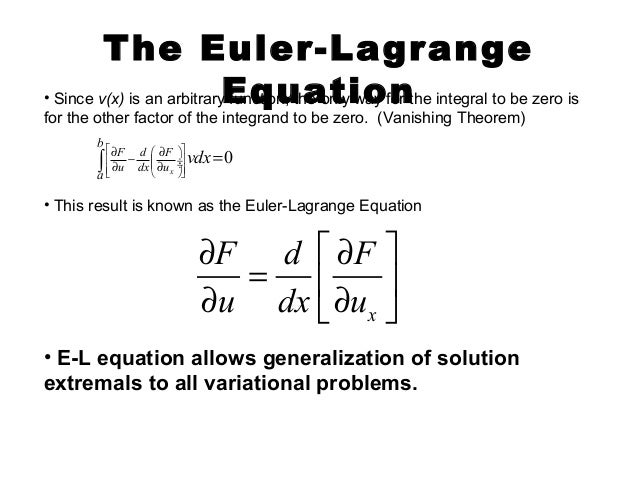
These results hint onto a possibility for a more general structure on the fibred manifold, than usually assumed. The interesting result is that the metric, which induces the connection on the target manifold can change between fibres and these changes are related to the connection on the source manifold. The principle of least action : the calculus of variations and mechanics.

I now cite the instructions and answer as found on the book. However, we find that the connection on the source manifold need not be metric. I am interested in the development of this problem which should be done by calculus of variations. For the connection on the target manifold, we get the expected result that it is a metric connection.

Using the well-established formalism of calculus of variations on fibred manifolds, we solve the weak inverse problem for the equation of geodesic mappings and get a variational equation, which is a consequence of the geodesic mappings equation. Here we found them directly by the calculus of variations. Harmonic mappings are defined between Riemannian manifolds as critical points of the energy functional, on the other hand, geodesic mappings are defined in a more general setting (manifolds with affine connections).

Lagrange equations in the geodesic problem and the brachis- tochrone problem. The method, the calculus of variations, introduces minor technical problems, as there is infinite-dimensional space of different ways to parameterize the short distance between two points. The mathematical techniques developed to solve this type of problem are collectively known as the calculus of variations. In this paper, we study the relation between geodesic and harmonic mappings. Here is how the package computes and solves the Euler.


 0 kommentar(er)
0 kommentar(er)
